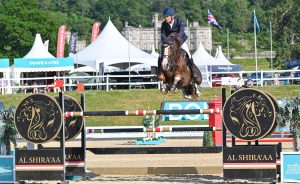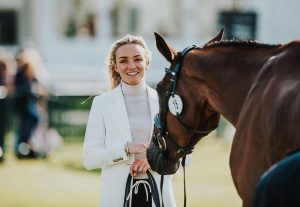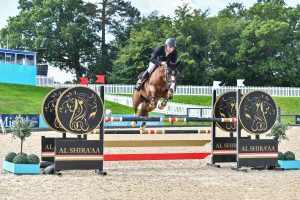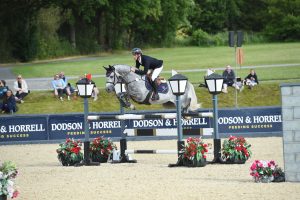Horse Scout Blogger noticed a new stallion standing at Country Farm Stud in Lancashire who is a Leopard Blanket Spot Sports Horse called Moorhey Tomahawk.
Horse Scout Bloggers’ mission today: Find out about the spotted horses, which are very popular on todays circuits. The European spotted horse has developed independently of the American spotted horse. Recent research has suggested that Eurasian prehistoric cave paintings depicting leopard-spotted horses may have accurately reflected a phenotype of ancient wild horse. Domesticated horses with leopard complex spotting patterns have been depicted in art dating as far back as Ancient Greece, Ancient Persia, and the Han Dynasty in China; later depictions appeared in 11th-century France and 12th-century England. French paintings from the 16th and 17th centuries show horses with spotted coats being used as riding horses, and other records indicate they were also used as coach horses at the court of Louis XIV of France.[ In mid-18th-century Europe, there was a great demand for horses with the leopard complex spotting pattern among the nobility and royalty. These horses were used in the schools of horsemanship, for parade use, and other forms of display. Modern horse breeds in Europe today that have leopard complex spotting include the Knabstrupper, first established in 1812 in Denmark. This breed is generally based on the warmblood and also the Baroque horses such as the Andalusian, Lipizzan and Lusitano breeds.
Moorhey Tomahawk. Is an extremely well know & versatile Appaloosa Sports Horse Stallion who joins Country Farm Stud this year. Horse Scout Professional Karen Raine describes him as a true all round Sports Horse Stallion this compact stallion has it all. He has the most fantastic temperament, drop dead gorgeous looks & perfect conformation. To add to all that he has successes in Showing, Sports horse Classes, young Event Horse Classes, BSJA Show jumping & BD Dressage. He is the proven sire of a HOYS winner, numerous Showing & Sports Horse Champions, as well as Show jumpers & Dressage horses.Show Jumping He has substantial BSJA winnings showing a superb technique over a fence which he passes onto all his offspring. he is both bold & careful with plenty of scope. Dressage He has almost 200 Bd points winning at Elementary level. last year he was 4th at the National & won the Individual Elementary Section at the British Dressage Home Internationals at Rowellan. Sports Horse As both a 4 & 5year old he won numerous Ridden Sports Horse Classes & qualified for the Burghley young Event Horse Final at Burhgley. Showing Numerous Ridden & In Hand Championships,to his name. Stud Fee £400 plus VAT





